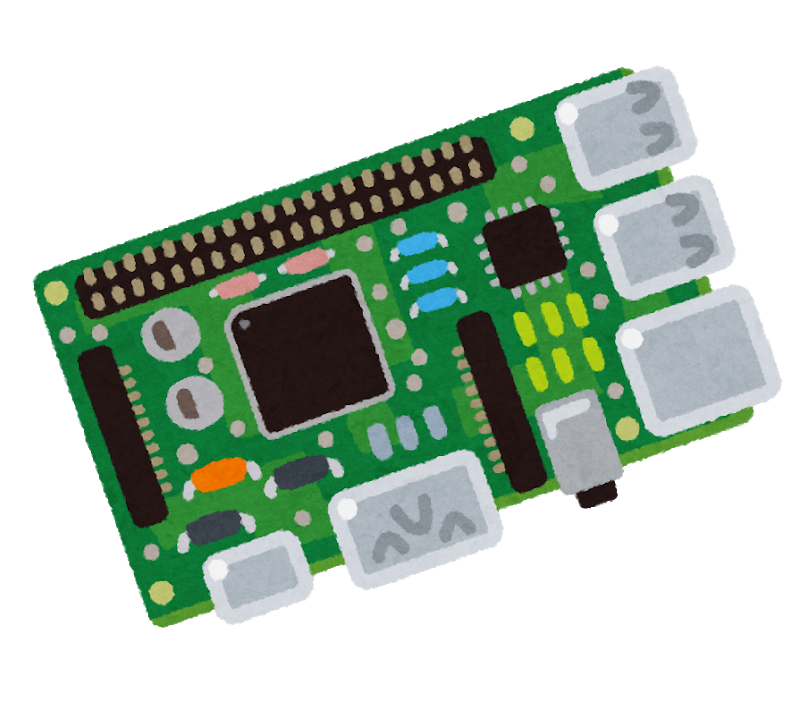

I think sometimes people forget that one of the main features of Git is that it’s decentralized. You don’t need Github; just push your repo to a different remote.
Everyone that clones the repo (usually) has a full copy of it, including all history, and theoretically you can clone the repo directly from their copy. Of course, that’s often not practical, which is how we ended up with these centralized services.
The main issue with losing a Github repo is the auxiliary non-Git-powered features of Github, like issue tracking.




Do you mean 12600K, or do you really mean 2600K? These days, I wouldn’t use anything older than 9th gen, especially if you plan on doing any video transcoding with Jellyfin (transcoding means converting the video to a different format while streaming, usually to reduce bandwidth usage when watching videos away from home).
See if there’s any e-waste recyclers in your area. A lot of companies are throwing out systems that don’t officially run Windows 11, so you can sometimes find systems with 8th and 9th gen Intel Core processors for very cheap.